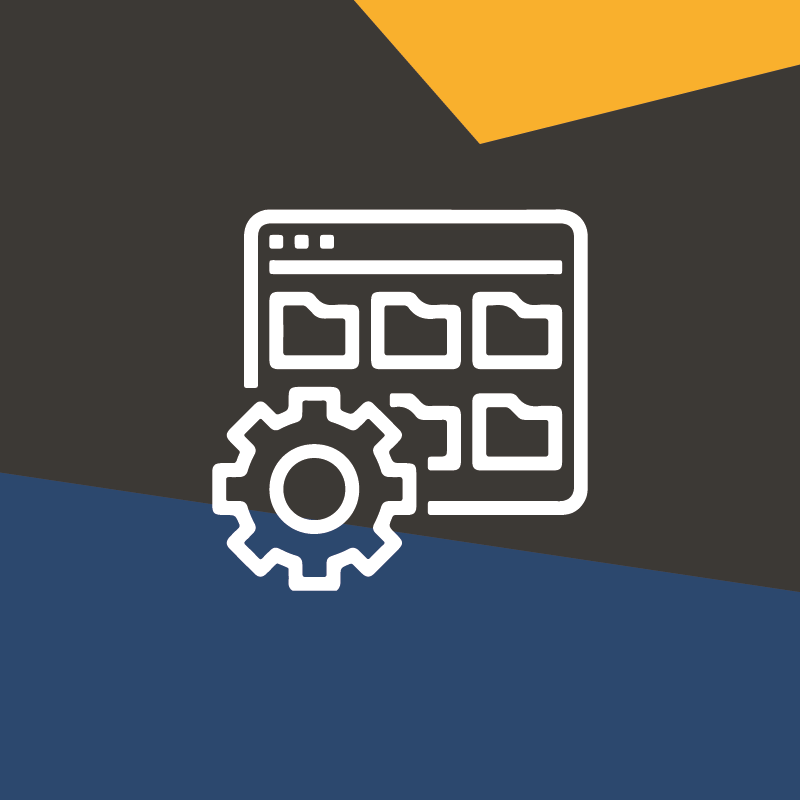
With hybrid and remote work environments becoming the norm, the management and security of endpoints, simply any remote computing device that communicates with a network, has surged to the forefront of business operations.
A recent study revealed that 68% of organisations have seen an increase in endpoint and IoT security attacks over the past year.
Furthermore, IT teams are finding it increasingly difficult to manage the myriad of devices, both desktop and mobile, deployed across all sectors of their business.
Endpoint management is no longer a luxury but a fundamental necessity for businesses aiming to safeguard their data, ensure operational continuity, and optimise their IT resources effectively.
Microsoft Intune stands out as a comprehensive solution, offering a suite of tools designed to help IT departments stay in control of their endpoint devices. In this blog, we’ll discuss some of the challenges and risks of managing endpoints, and explore how Microsoft Intune can help!
What are the challenges and risks of endpoint management?
The variety of devices that connect to corporate networks has ballooned in recent years. From laptops to smartphones and the growing trend of Bring Your Own Device (BYOD) policies, the boundaries of traditional office spaces have been broken.
This creates a complex web of endpoints that businesses must manage and protect. Here are some of the primary challenges and risks associated with endpoint management:
- Increased Attack Surface: Each device opens a new door for cyber threats. As the number of endpoints grows, so does the attack surface, making it more challenging to secure every entry point against breaches.
- Data Security and Privacy: Endpoints often contain sensitive business data. In the absence of stringent controls, this data is vulnerable to unauthorised access and leaks.
- Remote and Hybrid Work Environments: The shift to remote work has underscored the need for secure access to corporate resources from anywhere. This requires robust endpoint security measures to prevent unauthorised access and data loss.
- Patch Management: Keeping software up-to-date with the latest security patches is critical. However, ensuring that every endpoint is consistently updated is a significant challenge for IT teams.
- Compliance Requirements: Various industries are subject to strict regulatory requirements concerning data protection and privacy. Ensuring that all devices adhere to them is tricky.
How can Microsoft Intune help you overcome these challenges and risks?
Traditional endpoint management requires significant time and effort to monitor and maintain each device. Microsoft Intune uses its cloud technology to streamline this process. Here’s how:

Cloud-based unified endpoint management
Microsoft Intune is a unified endpoint management solution. This means that IT teams can manage and deploy applications on all endpoint devices from a single cloud-based dashboard.
Intune supports managing a wide range of devices including Android, iOS/iPadOS, Linux, macOS, and Windows. It even integrates with Configuration Manager for managing on-premises devices like desktop workstations.
This unified approach ensures that policies are applied across all devices and that endpoint security risks aren’t missed.

Simplified App Management and Deployment
Organisations use many different types of applications, including mobile apps, web apps, line-of-business (LOB) apps, and more. Intune streamlines app management by providing tools for deploying, updating, and removing apps across a variety of devices.
You can create app configuration policies that automatically configure apps before they’re even installed on user devices. Users may not ever need to enter any configuration information when they open the app.
To mitigate any patch management issues, you can set policies for apps to be automatically updated.

Policy deployment
Intune allows IT administrators to create and automate the deployment of policies across a wide range of categories, including security, device configuration, compliance, conditional access, and more.
A brilliant example of Intune’s policies in action is how Belgium’s national train operator, SNCB, was able to manage more than 21,000 devices with Microsoft Intune.
The organisation was able to fully containerise SNCB applications on smartphones so that the company can’t access employees’ apps and data – allowing the safe use of BYOD devices, and saving millions on potential work device deployment costs.
Once policies like these are configured, they can be systematically deployed to user groups and device groups within the organisation.

Self-service features
Microsoft Intune’s self-service capabilities empower employees by allowing them to manage common device tasks without IT intervention.
Through the Company Portal app, users can reset passwords and PINs, install corporate applications, join user groups, and even troubleshoot common issues.
This autonomy not only enhances productivity but also reduces the burden on IT support teams. You can even use Intune’s customisation options to apply your company’s branding to the Company Portal, ensuring a cohesive experience for your users.
Integration with other Microsoft services and apps
Intune’s integration with other Microsoft services and apps provides a cohesive management experience. As previously mentioned, it works in tandem with Configuration Manager for managing Windows Server on-premises devices.
It also integrates with Windows Autopilot for streamlined OS deployment and ensures that all Microsoft 365 applications are kept up-to-date.
Endpoint Analytics can be used for performance reporting and hooks in with Outlook and Teams to give IT teams a holistic overview of how devices are being used.
Additionally, Intune’s connection with Microsoft Defender for Endpoint fortifies your cloud network.

How We Can Help
In conclusion, Microsoft Intune offers a robust and versatile endpoint management solution that can simplify the complex task of managing devices and apps in today’s mobile-first workplace.
The true potential of Intune is best realised when it is tailored to the specific needs of your business. This is where a Managed Service Provider (MSP) like us steps in.
Our experts can help you understand, set up, and make the most of Intune’s features. In particular, we can ensure Intune is configured to reinforce your security posture, enhance employee productivity, and streamline IT operations.
Get in touch with our team today to see how we can help!
